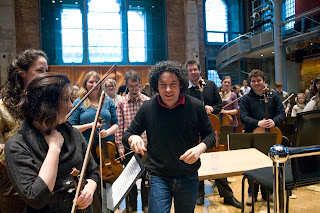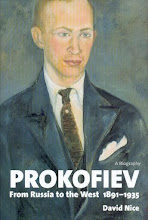
When we lit candles in the little chapel of Aghia Paraskevi, high in the mountains of north-west Samos, it was to remember our dead on All Hallows' Eve. But the saintly one was there to protect or heal the sight of her supplicants, as the many votive offerings indicated.

I didn't think then that I would need eye protection, and if I got it, it sure worked in mysterious ways. As you no doubt read, I damaged my left eye and its vicinity quite seriously in the bike-smash less than a fortnight later. But for one thing, it could have been a lot worse, and for another, the circumstances led me to the Western Eye Hospital and a brief if painful laser treatment for my torn left retina. Which I suspect had been there before, from the rather inert comments of an ophthalmologist a couple of years ago. So it could very well have led, I was told, to a detached retina, which in turn can lead to sight-loss. In this respect, if you're superstitious - and there's a bit of that left in even the most rational of us - you might draw the irrational conclusion that Aghia Paraskevi was indeed my protectress.

The point of all this is to say that yesterday the maxillary unit of Northwick Park - the fifth hospital I've been to over the past few months - gave me the all-clear on the sinal fracture. The CT scan - the second, more detailed one after the first had got lost in translation (!) - revealed what we needed to know, that it was only the frontal wall, and not the rear one as well, which had been smashed. So I can have cosmetic surgery if I want - I don't - and all else I need to do is watch out for odd sinusitus as 'ten years down the line' I could develop a cist in the crack, so to speak.
In the meantime, I need to get on to Southwark Council about the truly ridiculous situation with the post in the middle of the end of the inadequate cycle lane south of Blackfriars Bridge. If only to stop it happening to someone else. Here's one of my photographic evidences, together with the brand new helmet I hate so much, but which I'll be wearing on even the smallest cycle excursion. Bear in mind I was coming from the other direction, looking ahead to the pedestrian crossing which weirdly shares the lanes. Do I have a case?

It was hard getting back on the bike several Wednesdays back after months of inaction - and I hadn't been anticipating any psychological fallout. But as I found with a frustration that verged on tears, I'd lost the knowledge, cars seemed alarming and threatening, which they actually were on an afternoon of full moon. That I stopped, anyway, to admire on the Southbank, having shucked off the cares and got back into the swing after half an hour.

Too much information? Not interested? Well, I don't want to sound ungracious, but while a decent few here did react to the earlier announcements, it does surprise me how little acquaintances give a dam(n). All I'm saying is that, dear fellow bloggers, if you had an accident like that you can be sure I'd join the comments to show a bit of solidarity. But I'm not you and, let's get it straight, friends on the blogosphere aren't real friends. Though several here have at least proved the exception, and I'm so glad to have made their acquaintance.
Hopefully not self-pity, this, only the way it is. Just as in the real world, reactions have ranged from the truly concerned, horrified and angry ('WHY weren't you wearing a helmet?') to the indifferent or the unheeding. Might I just add one general deduction from experience, though, which isn't quite the same thing as sympathy but comes into the same field of involvement: if you admire something someone's done or written, always tell that person - write, e-mail, go backstage if it was that good. Spread the love around.



















































